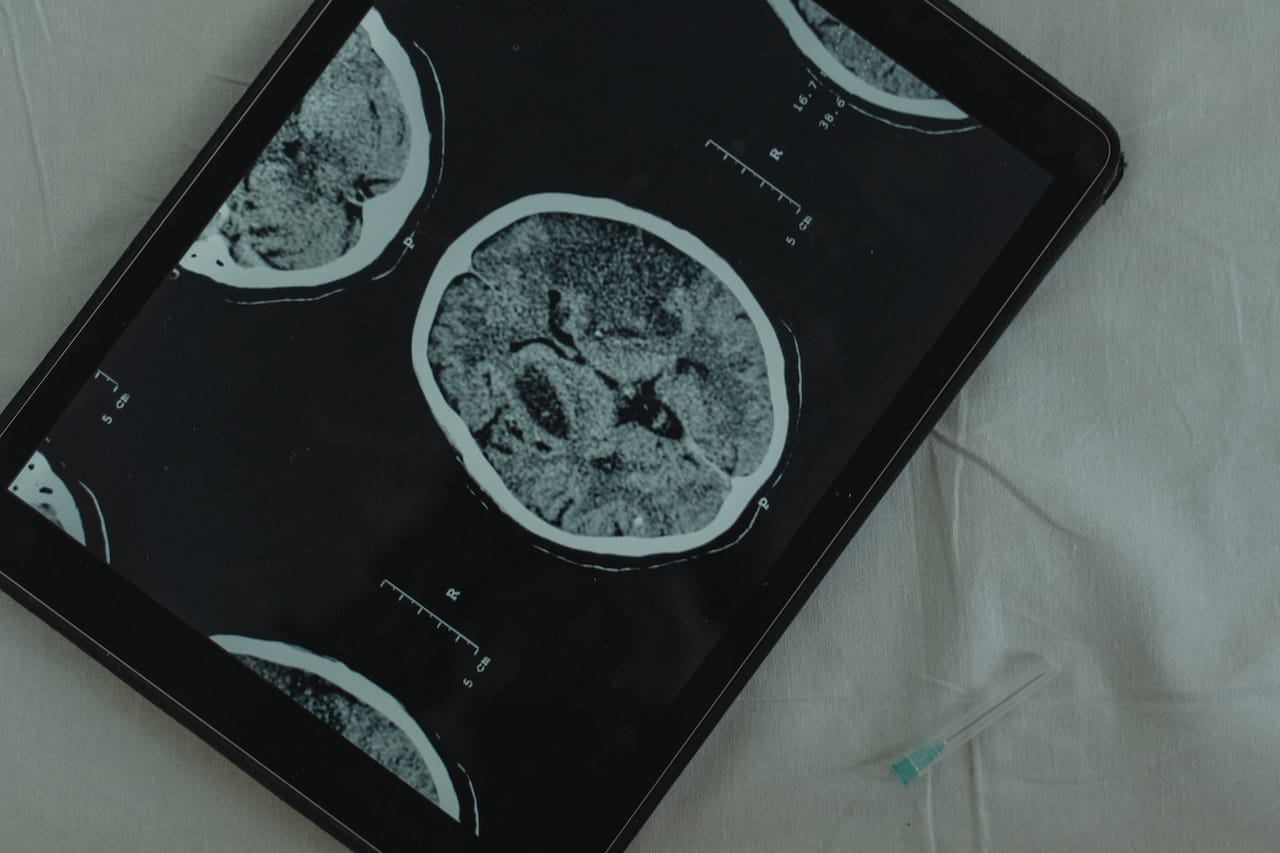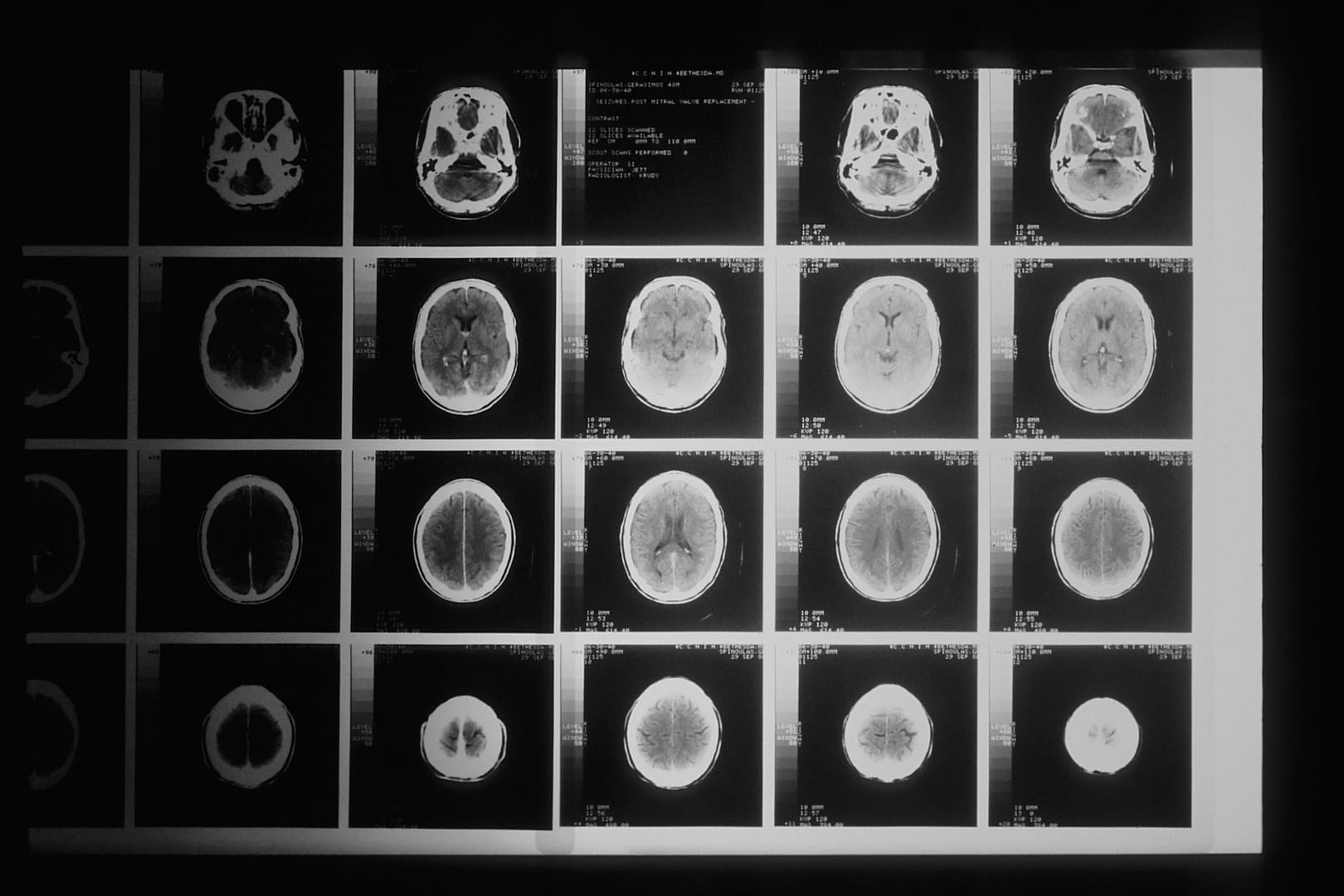In the realm of neuroscience, the intricate dance between brain injury and autonomic dysfunction takes centre stage. Let’s embark on a journey to unravel the mysteries of this symbiotic relationship, exploring what happens when the brain, the master conductor of our bodily orchestra, is faced with a sudden, disruptive twist of fate.
The Intricate Web of Autonomic Dysfunction
Autonomic dysfunction, to put it plainly, refers to a glitch in the intricate machinery that regulates our bodily functions without conscious effort. Picture this: your heart beating, lungs breathing, and digestive system churning away—all happening seamlessly in the background, orchestrated by the autonomic nervous system (ANS). This system, a silent maestro, controls involuntary bodily functions and maintains homeostasis.
Now, let’s delve a bit deeper into what happens when this maestro is thrown off balance by an unexpected and often tumultuous event—a brain injury.
The Symphony Interrupted: Can Brain Injury Cause Autonomic Dysfunction?
Picture this scenario: a sudden impact, a fall, a collision—any of these events can lead to a brain injury. The brain, encased in the protective fortress of our skull, is resilient but not invincible. When faced with trauma, it can respond in unpredictable ways. One such response involves the intricate dance of autonomic dysfunction.
Disrupting the Autonomic Balance
When the brain sustains an injury, it’s not just a localised event. The shockwaves reverberate through the entire system, disrupting the delicate balance of the autonomic nervous system. This disruption can manifest in various ways, leading to a cascade of symptoms that affect heart rate, blood pressure, digestion, and even respiratory functions.
Consider this: a seemingly innocuous fall resulting in a mild concussion. While the external signs may fade away, the internal symphony may be thrown into disarray. The autonomic nervous system, responsible for maintaining equilibrium, may struggle to find its rhythm.
A Dysfunctional Ballet: Symptoms and Manifestations
As the curtains rise on the aftermath of a brain injury, the symptoms of autonomic dysfunction may take centre stage. These symptoms, subtle at first, can escalate into a symphony of challenges for the individual.
Imagine a scenario where the heart, once a reliable timekeeper, now falters in its beats. Irregular heart rhythms, known as arrhythmias, can be a consequence of autonomic dysfunction post-brain injury. The heart, responding to signals from a disrupted autonomic nervous system, may struggle to maintain its steady tempo.
Blood Pressure Gone Rogue: Fluctuations and Spikes
Blood pressure, too, becomes a player in this dysfunctional ballet. Fluctuations in blood pressure, ranging from sudden drops to erratic spikes, can become a recurrent theme. The once-coordinated efforts of the autonomic nervous system in regulating blood flow now resemble a discordant melody.
When Digestion Turns Disrupted: Gastrointestinal Distress
Digestive woes join the ensemble. Picture a disrupted digestive system, with symptoms ranging from nausea to constipation, as the autonomic nervous system grapples with its new, challenging choreography. It’s a dance of discomfort that the individual must navigate, with the brain injury serving as the choreographer of this unwanted routine.
Breathing, once an automatic and reliable function, may now require conscious effort. The disrupted autonomic nervous system can impact respiratory functions, leading to irregular breathing patterns or a feeling of breathlessness. It’s a stark reminder of the intricate connection between brain and body.
Navigating the Aftermath: Coping with Autonomic Dysfunction
As the curtains fall on the turbulent aftermath of a brain injury, individuals are left to navigate the new normal shaped by autonomic dysfunction. The journey to recovery becomes a personal narrative, with each individual facing unique challenges.
Treatment approaches vary, encompassing a multidisciplinary approach tailored to address specific symptoms. Medications, physical therapy, and lifestyle modifications may be integral components of this treatment ensemble. The goal? To restore harmony to the disrupted symphony, allowing the autonomic nervous system to find its rhythm once again.
In the quest for recovery, support systems play a pivotal role. Picture a network of healthcare professionals, friends, and family members joining forces to provide the necessary support. This collaborative effort becomes the guiding force in helping individuals regain control over their bodily functions.
Receive a Call About Your Claim
Making a Serious Injury Claim with National Claims
In the wake of a brain injury, the financial burdens can add another layer of stress to an already challenging situation. This is where National Claims steps onto the stage, offering a helping hand to those navigating the complexities of serious injury claims. With a commitment to compassion and expertise, National Claims aims to guide individuals through the process of making a claim for the repercussions of brain injury and autonomic dysfunction.

Conclusion
In the intricate dance between brain injury and autonomic dysfunction, the journey to recovery is a testament to the resilience of the human spirit. As we navigate the complexities of this symbiotic relationship, understanding becomes the compass guiding us toward a harmonious future.
Autonomic dysfunction, a challenging companion on the road to recovery, is not an insurmountable barrier. With the right interventions and support, individuals can rewrite the script of their post-brain injury narrative. The disrupted symphony can find its melody once again, and the intricate dance of the autonomic nervous system can regain its grace.
In this unfolding story, where the brain and autonomic dysfunction engage in a delicate pas de deux, the final act holds the promise of renewal and resilience. As we peer into the future, let us recognise the strength inherent in the human spirit—a strength that can transform the discordant notes of autonomic dysfunction into a harmonious melody of recovery.
Get started on your claim with the help of one of our claims specialists. Contact us today!
Click below to see why we are one of the most trusted claims management companies in the UK.

We’re proud of our excellent customer reviews
We thrive on delivering exceptional service and ensuring our clients’ satisfaction. Don’t just take our word for it. Check out some of our independent reviews to see what our clients have to say.
Excellent

This firm is excellent, they sorted out my car pay out and injury claim very fast, they always communicate with you all the time.

My accident case was dealt with confidence and with great result of the outcome, especially James kept me informed all the time.

I was very impressed at the way my inquiry was treated. I was listened to attentively and everything I needed to know was explained to me.






